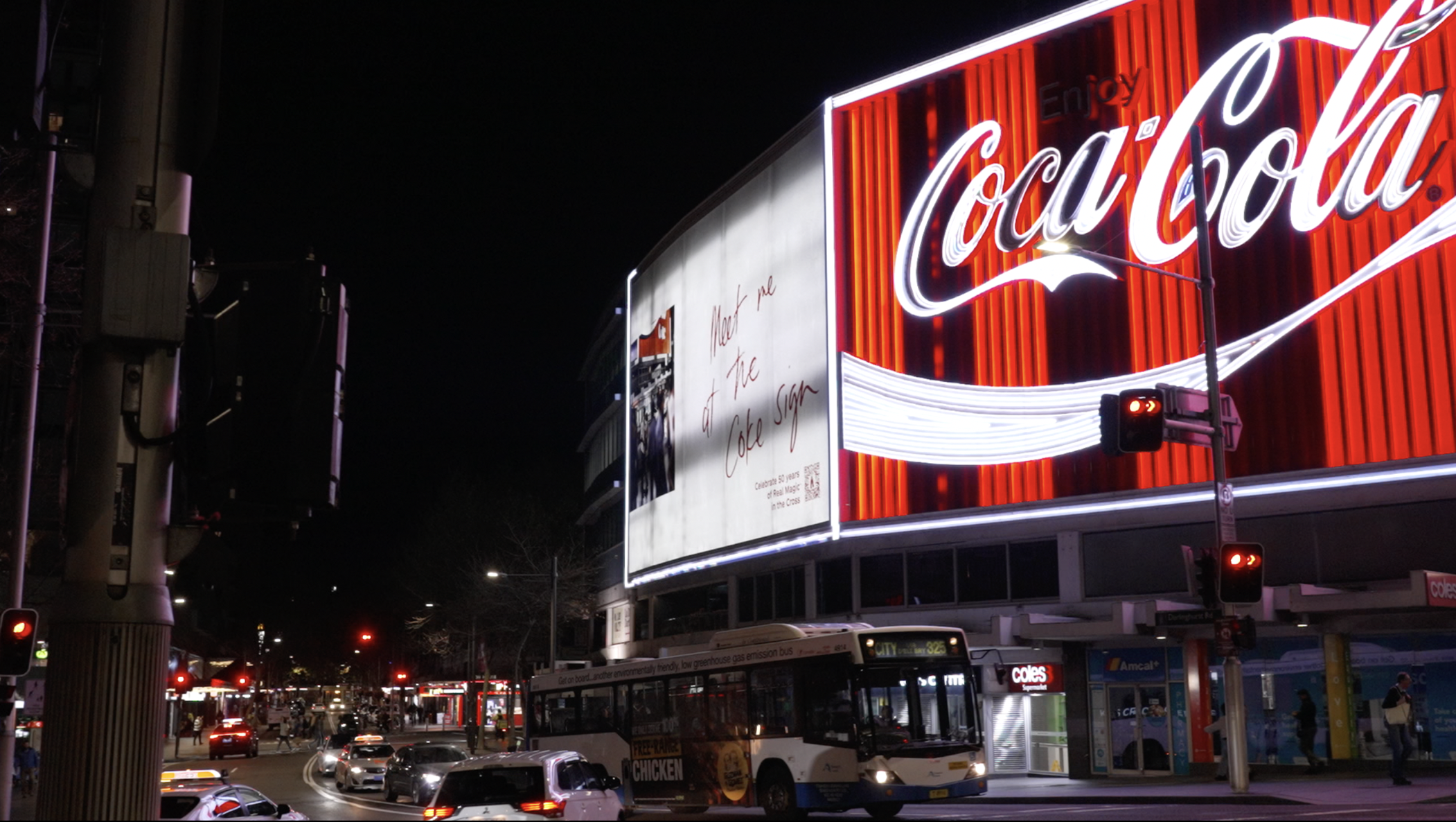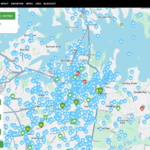Nearly a third of all aged care homes in Australia have vaccinated less than one in five residents for COVID-19 in the past six months, according to the latest data from the Department of Health and Aged Care.
The figures show an overall decline in the rate of vaccinations of aged care residents, and industry professionals are now calling on the government for more funding and better community awareness.
Out of 2608 aged care homes, 746 had vaccinated less than 20 per cent of their residents, while 390 had vaccinated less than 40 per cent of residents.
Dr Joel Rhee, head of discipline of general practice at the school of clinical medicine at UNSW, told Central News the aged care vaccination situation in Australia was “shocking”.
“People living in aged care homes are most vulnerable when it comes down to COVID-19 vaccinations,” he said.
“They have the highest mortality rate and highest rate of hospital admissions following a COVID-19 [diagnosis], and yet they are often struggling to get vaccinations.”
As of June 2022, 92 per cent of women in residential aged care were over 75-years-old, while 84.3 per cent of men were over 75.
Current guidelines from the Australian Technical Advisory Group on Immunisation, recommend people over 75 years old get a COVID-19 vaccination every six months. For people over 65 a vaccination is recommended every 12 months, but is available every six months.
Windermere Aged Care Facility, in Sydney’s Inner West is one of 382 nursing homes in NSW to have seen a decrease in six monthly COVID vaccination rates since September 2024.
According to Minji Kwon, Windermere’s residential manager, some residents feel COVID-19 vaccinations are no longer necessary.
“Most of our residents give consent to the vaccination as per the recommendation, but there are a few residents who don’t want to have it because they feel like COVID is nothing anymore,” Kwon said.
“They feel it’s just too frequent and I do get asked, is it happening again, again, again, again?”
Dr Rhee said growing community consensus that the pandemic was over and vaccinations had become unnecessary, was a cause for concern.
“It still remains the major threat to public health and yet, I think the community is really, relaxed about it, and I think that’s being reflected in our vaccination rates to COVID-19 boosters, including in aged care homes,” he said.
“I think changes in the community attitude would obviously be really important in making sure that we protect the most vulnerable people from COVID-19, which are the people living in aged care homes.”

COVID-19 information at the entrance to Windermere Aged Care Facility in Summer Hill. Photo: Caitlin Maloney.
Kwon said Windermere has phased out mandatory COVID protective measures, such as mask wearing or RAT testing, after community responses grew negative.
“We do have a lot of whingers from the visitors [saying] ‘Why do you still do this? Outside, you don’t have to do it,’” added Kwon.
Despite changing attitudes, Dr Rhee is adamant “COVID-19 has not gone away”.
“Looking at the figures, the mortality rate from COVID-19 is actually quite a bit higher than, say, mortality from influenza in Australia,” he said.
According to the Australian Bureau of Statistics, COVID-19 was the leading cause of acute respiratory infection mortality across 2023-25.
Of the 3,852 deaths caused by COVID-19 in 2024, 92 per cent were people aged 70 and over.
“There needs to be a bit more effort made by aged care home providers to support the GPs into providing COVID-19 vaccinations,” said Dr Rhee. “Having said that, I understand though that… they’re all struggling, and staffing is a huge issue.”
COVID-19 is one of four vaccinations that Windermere administer to its residents each year. They also deliver vaccinations for influenza, pneumococcal and shingles, which amounts to around six jab clinic sessions over the year.
Jade Struzynski, chief executive of the Jesmond Group, which Windermere belongs to, described the vaccination program as “a lot of administrative work”.
She believes the federal government could better streamline processes and public attitudes around COVID vaccinations.
“The government probably could look at reframing — if this [COVID] is something, make it more formal, so the messaging is consistent rather than leaving it to providers to manage,” said Struzynski
“The reality is [the] COVID pandemic has phased out, despite it still occurring in the community. But it’s no longer a life-threatening situation as it was when it first started, so people’s awareness and the conception of the COVID outbreak is not the same.”

Jade Struzynski (left) and Minji Kwon (right), staff at Windermere Aged Care Facility. Photo: Caitlin Maloney.
On average, Windermere experiences two COVID-19 outbreaks a year, each lasting two weeks according to Kwon and Struzynski, placing an extra burden on their team that they feel is not adequately supported by the government.
“Since the pandemic [is] phasing out, the funding has significantly diminished to a point [that it’s] almost fully stopped, which places another burden for the providers, as the providers will have to carry this cost,” Struzynski said.
In response to the lowering vaccination rates, the Department of Health and Aged Care is undertaking a number of activities to promote and support COVID-19 vaccinations.
“The government is now operating in accordance with the Guidance on Caretaker Conventions, pending the outcome of the 2025 federal election,” it said in a statement to Central News.
If anything, things are getting worse. I think I’m painting a pretty bleak picture, but that’s just the reality of providing care in aged care homes.
The department’s goal is to see COVID-19 vaccination rates in aged care homes as high as possible, particularly ahead of the winter season, and has previously said the administration of COVID-19 vaccinations is the responsibility of the residential aged care home.
While Kwon agreed, she also said the government should do more to raise awareness.
“It is our responsibility to look after the residents and then we need to make sure [we help] them to be safe. It’s our duty of care,” she said.
“We do feel the support [from the government], but… public awareness is the issue. They do promote it to the residential aged care facility, but I don’t feel [there is] any promotion in the public.”
Struzynski called on the government for more funding, especially towards work behind the scenes.
“I think all providers are fully aware of the duty of care and the requirements we need to fulfil to ensure the health and wellbeing of our residents,” she said.
“But it’s going through the amount of work that we need to put in place to get to this point, it’s a lot of things happening behind the scenes, and nothing goes without cost, without resourcing and I think the Department of Health could proportionately invest a bit more to providers in this space.”
Despite Treasurer Jim Chalmers promising $291.6 million in the federal budget for aged care reforms and the implementation of recommendations from the Royal Commission into Aged Care Quality and Safety, Struzynski said funding needs to address a broader range of issues and solutions.
“Right now, we’re talking about aged care skilled workforce shortage retention capability training and funding is not enough in one area,” she said. “You need to look at the whole journey of care.”
Dr Rhee agreed that the entire aged care sector needed improvement.
“I think the issue is that the royal commission has made a whole range of recommendations, but the truth of the matter is that, from my perspective, it’s been several years since the royal commission and nothing has actually improved,” he said.
“If anything, things are getting worse. I think I’m painting a pretty bleak picture, but that’s just the reality of providing care in aged care homes.”
Main image of Windermere Aged Care Facility resident by Caitlin Maloney.




























